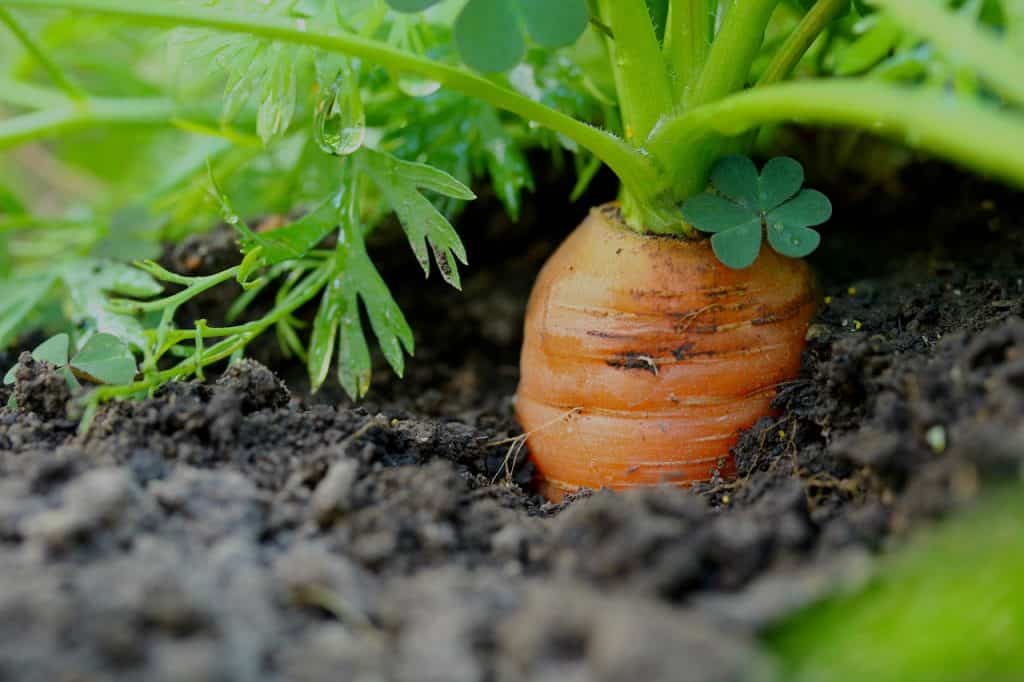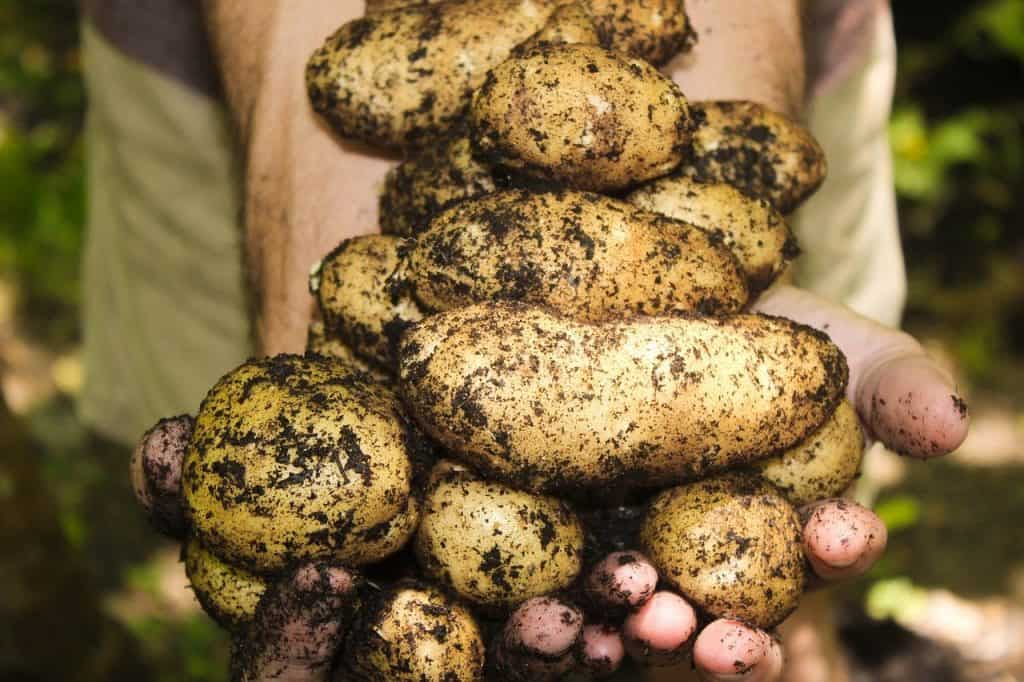If you have your own piece of garden, then you would definitely like to grow vegetables in it. Growing vegetables in a home garden has many advantages. How to start a garden and when to sow the first vegetables?
When choosing a place for a vegetable garden you should take into account:
The site for the vegetable garden should be chosen and dug in the autumn. In spring, the soil should be dug up again and leveled. Then start planning the paths.
Soil should have a pH of 6.0 to 7.0 for vegetables to grow better. It is a good idea to check the soil pH – I wrote about this in the article “Alkaline or acidic soil? How to checkthe soil pH”.
The place for the vegetable garden must be very carefully cleared of stones, branches and the remains of previous crops. Plant remains can be a source of pathogenic pathogens.
The next step is to loosen the soil with a spade or a rotovator. Then rake the soil and apply manure or compost. You can also sprinkle it with basalt meal, which is rich in micro and macro elements.

Planning the vegetable garden is the last step before sowing it.

| vegetable | best neighbourhood | negative influence |
| pumpkin | beet, radish, pea | cucumbers |
| eggplant | lettuce, basil, savory, tarragon | |
| peas | carrot, radish, lettuce, tomato, potato, cucumber | onion, garlic, beans |
| squash | bean, mint, radish | potatoes |
| cabbage | beet, mint, celery, potatoes | strawberry,tomato |
| potatoes | cabbage,lettuce,radish | tomato,cucumber,pumpkin |
| onion | cabbage, potatoes, carrots, lettuce, beets | bean, pea, sage |
| carrot | onion,radish,garlic,tomato | dill |
| cucumbers | radish, lettuce, celery, cabbage, tomatoes | sage, dill, mint, fennel |
| bell pepper | carrots,onions,collards | kohlrabi,beans,fennel |
| tomatoes | garlic,carrot,onion,parsley,cabbage,kohlrabi,lettuce,spinach | potatoes,fennel,beets |
| radish | cucumber,lettuce,carrot,onion,pumpkin | |
| lettuce | strawberries, radishes, beets, cabbage, tomatoes, beans | parsley |
| beets | cabbage, kohlrabi | bean, tomato |
| celery | onion, leek, tomato, cabbage | |
| pumpkin | peas, mint | potatoes |
| garlic | tomatoes, carrots, cabbage, eggplant | peas |
In early spring you can start sowing and planting vegetables. Onions can be sown into the ground in March. Planting spring onions is recommended in April.
At the end of March you can sow into the ground already:

An effective and natural way to protect your vegetables is to plant herbs between them, which repel pests and increase yields.
Plants to plant between vegetables are: